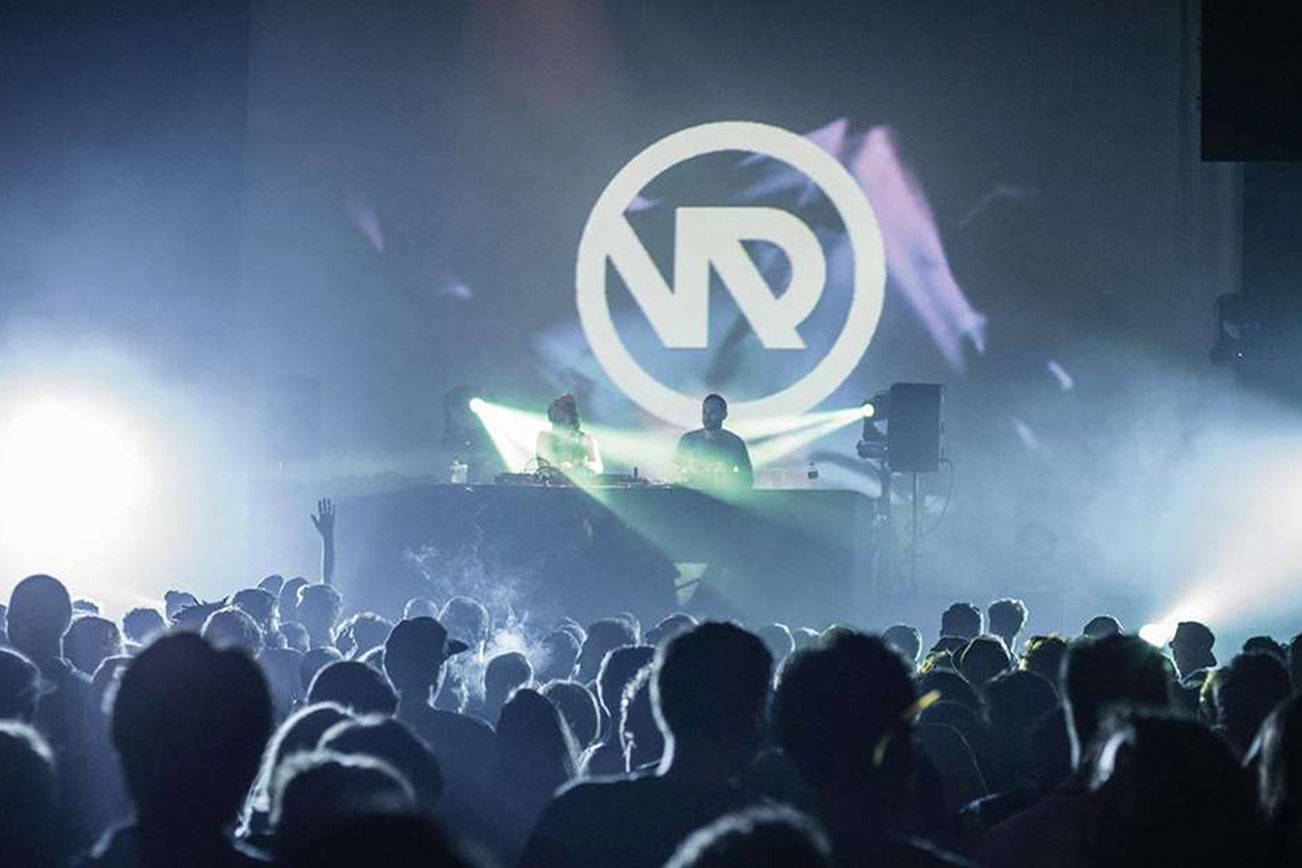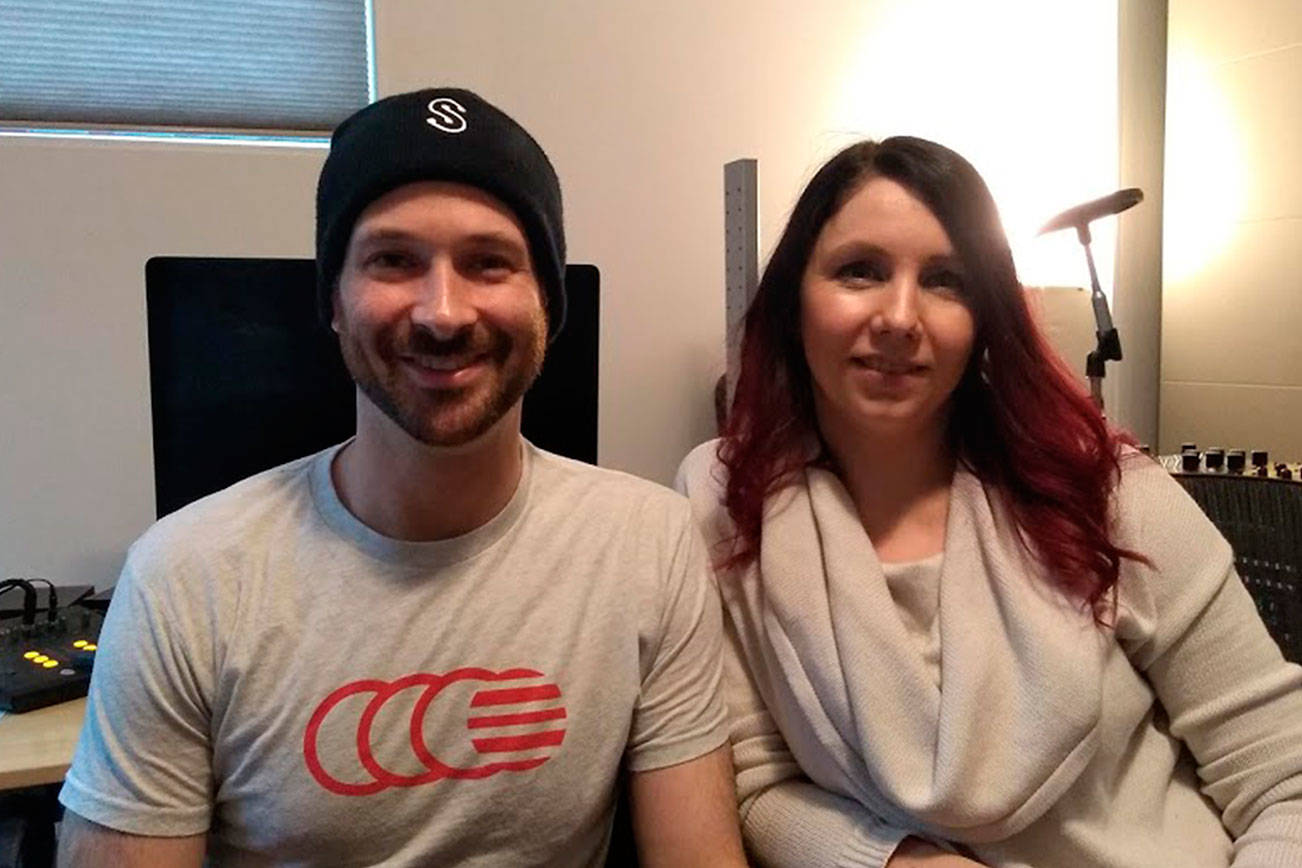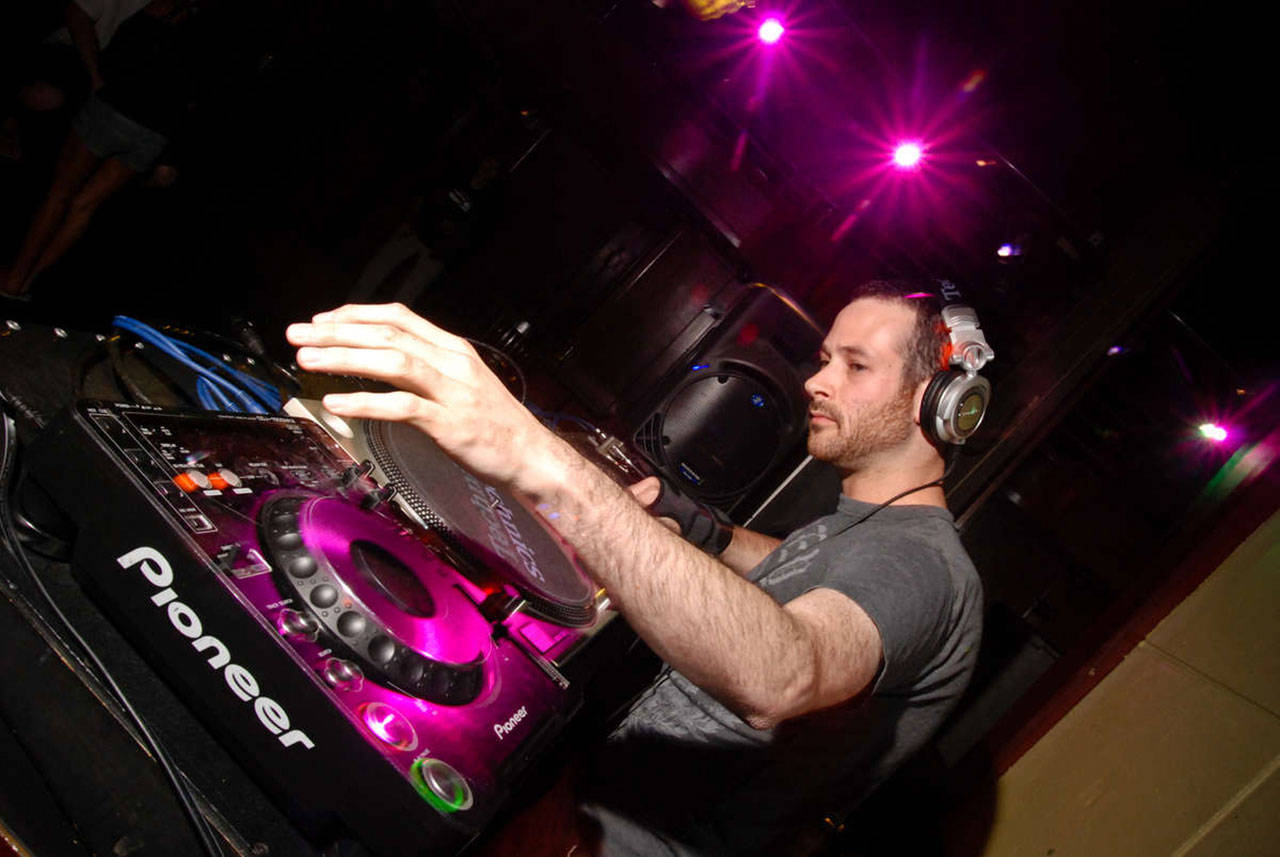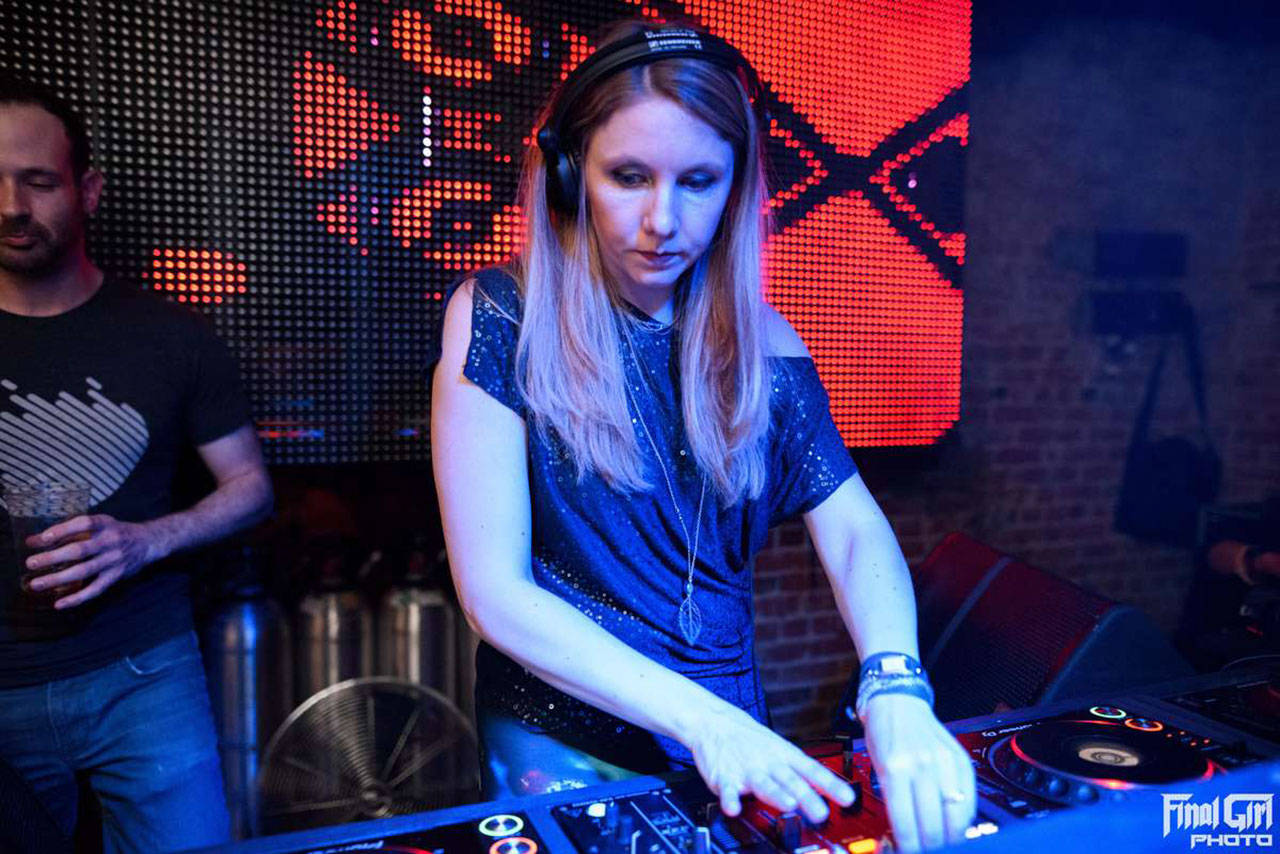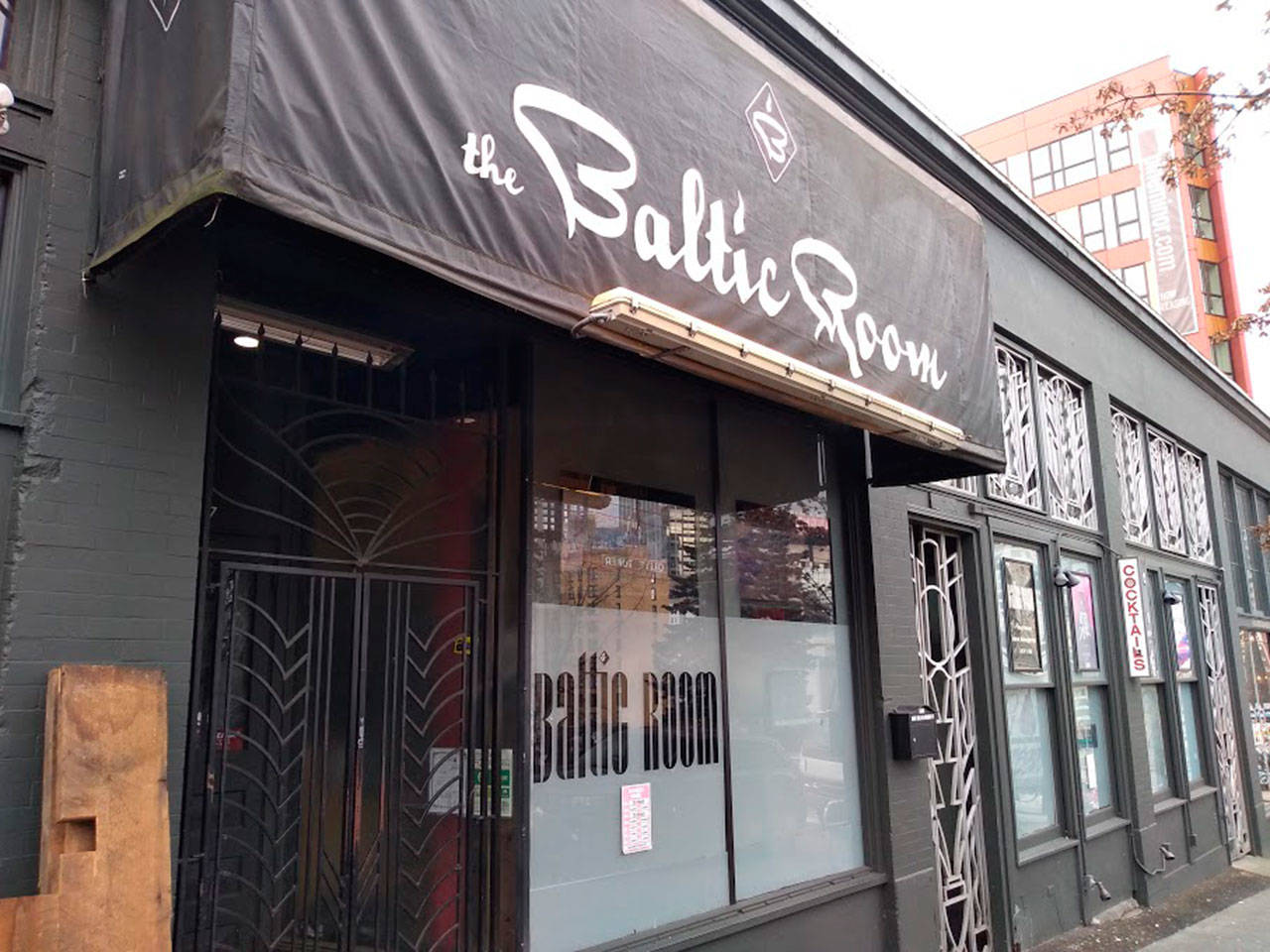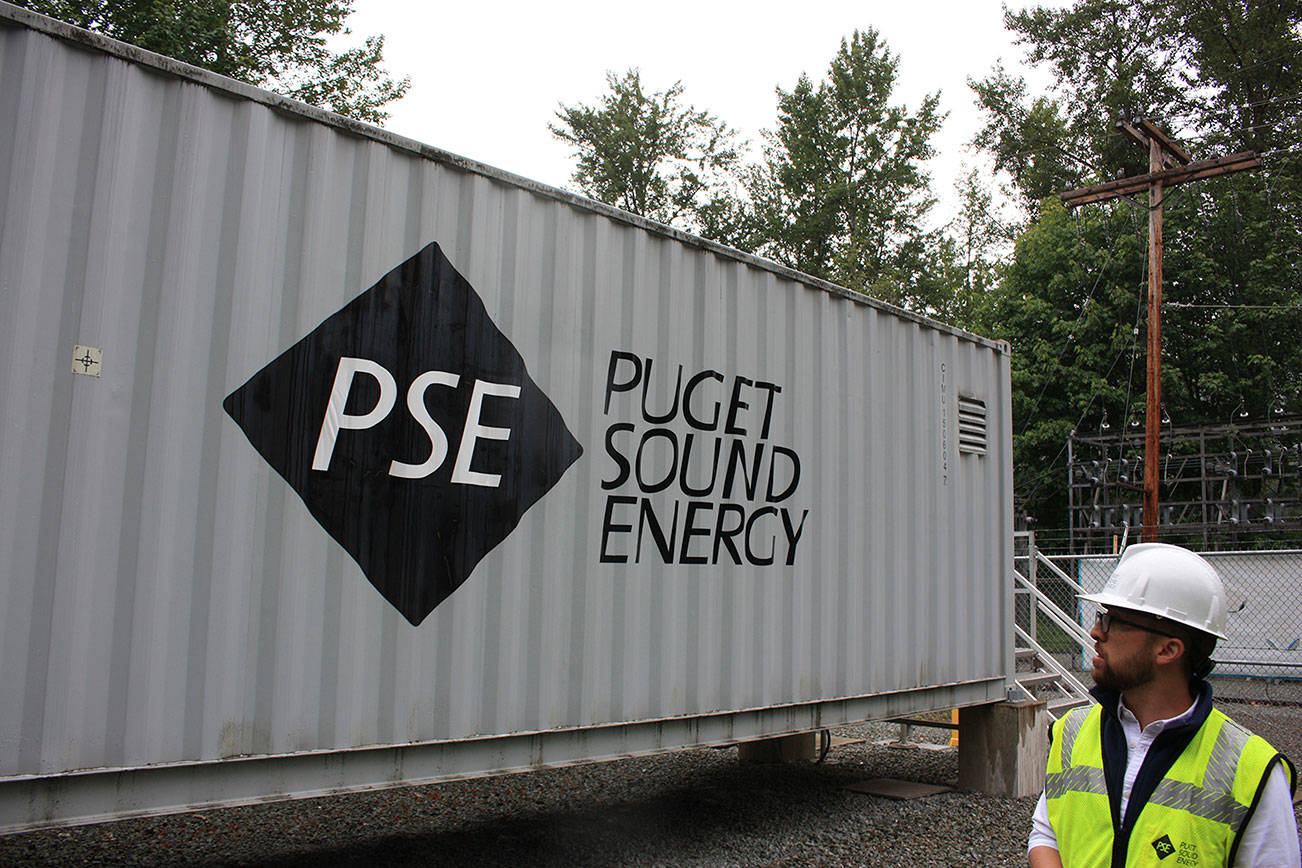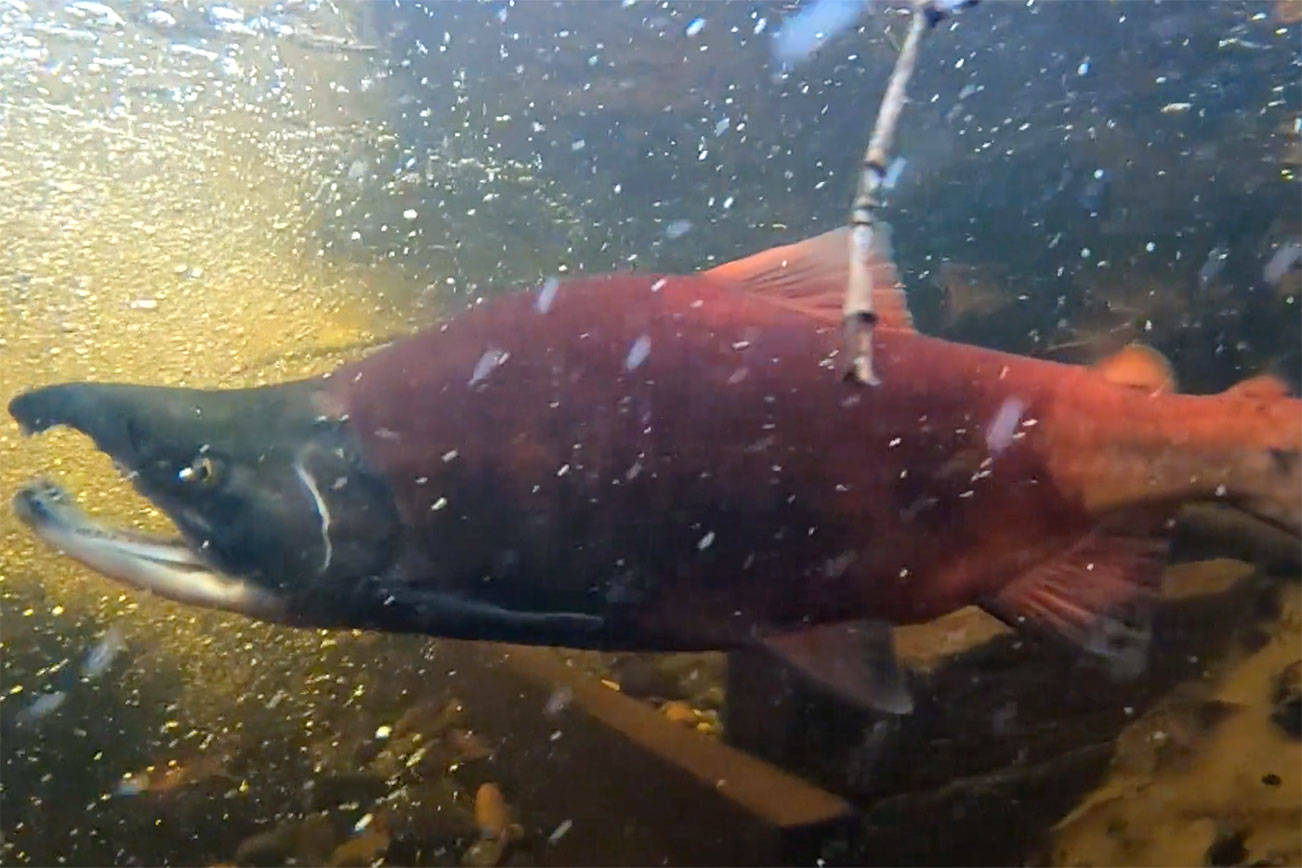Tucked away in underground music venues across Seattle from Capital Hill to SoDo is one of the city’s best-kept musical secrets.
Compared to acts that regularly pack arenas, the drum and bass (DNB) scene in Puget Sound is relatively small, but its size doesn’t correlate to its intensity. Multiple venues regularly book headliners from around the world, but especially from the U.K., where the genre originated. A number of producers are active in Seattle, but to get a better idea of what’s happening locally, Seattle Weekly sat down with two veterans.
Quadrant and Iris are not only DNB producers living in Beacon Hill, they’re a couple. Leigh and Karen Caplan have been involved with the genre for around two decades. They’ve produced songs on their own and as a team, releasing on some of the genre’s most prestigious labels: the legendary Metalheadz, Dispatch Records, Commercial Suicide, and others.
Their road to drum and bass wasn’t always straightforward, they say, sitting in their studio surrounded by recording equipment, keyboards, and turntables. Both found DNB through other genres, with Karen first taking an interest in various strains of house music before she started going to weekly shows put on by local event-production collective Onset. Leigh started playing piano at age 6 and played guitar in rock bands in high school, but wasn’t exposed to electronic music until he went to a Crystal Method show in 1998.
“Late-’90s Eastside kid going to UW—it’s not like it’s super-easy to be exposed to drum and bass,” says Leigh, “but there was a lot of stuff I guess happening in Seattle back then. So, like, Zacharia would be playing side rooms in raves at NAF, and if you were willing to stand outside, you could hear good music.”
Drum and bass started in the ’90s as an offshoot of two electronic subgenres, jungle and breakbeat hardcore, and is characterized by breakbeat drum patterns and a prominent bass line. At around 170 beats per minute, it’s significantly faster than many other electronic genres. For comparison, techno and house usually sit around 125 bpm, dubstep around 140 bpm. Drum and bass also tends to inspire intense devotion from its adherents, and has spun off into any number of subgenres.
“It’s a technically interesting genre—there’s a lot going on,” Karen says. “It’s not easy to make and there’s a lot of variety, so you can get DNB down to sounding like super-minimal and almost ambient, and it can go all the way up to that huge, big EDM sound that you would hear at festivals, and there’s so much room to play around within that.”
Drum and bass pulls influences from a wide variety of music, including hip-hop, reggae, jazz, and funk. This melting pot of inspiration has led to a number of different styles: from smooth liquid to high-energy neurofunk, the brash sounds of jump-up to the pop sensibilities of Hospital Records, and even a recent slower, more hip-hop-influenced branch known as halftime. Leigh described the music he and Karen make as generally “techy-rollers,” a loose descriptive term as opposed to a genre, meaning their music borrows some stylistic elements from older techno and its drum patterns are structured to create a rolling audio effect.
“It fits right there in the middle where it’s not that high-energy EDM, a lot of it’s not kind of more minimal, though we do make some of that too,” Leigh says.
While the genre is still firmly centered in the U.K., the pair cites a number of up-and-coming U.S. producers, including Homemade Weapons, Demo, Sinnistar, Legion and Logam, Bachelor’s of Science, and Submorphics. They’re all pulling from similar stylistic influences rooted in older drum and bass, but updating the sound for a modern audience. “We’re all sort of swirling around the same core of influences, but branching out as well,” Leigh says.
Seattle itself has a long history with drum and bass, with the weekly event DNB Tuesdays — currently housed at Capitol Hill’s Baltic Room — recently celebrating its 20th anniversary. By some calculations, it’s the longest-running drum and bass weekly in the world. (It’s where Karen and Leigh met.) Other local events include the monthly Deep N Bass at the Monkey Loft, Onset parties, and warehouse and underground raves.
Still, DNB has struggled to attract the level of attention in the U.S. as other EDM genres; Seattle’s one of only a handful of major cities with a thriving scene. Despite this, Leigh said it received a boost when mainstream EDM caught on.
“I think one of the best things that happened to drum and bass as a genre was mainstream dubstep exploding in the early 2010s, because it improved the sound-system situation and the sound-system culture in the United States quite a bit,” he says. “Because you can’t really represent any bass music well with just a bunch of, you know, mids and tops [industry jargon for smaller speakers that aren’t ideal for low-end bass sounds]. And as people realized that, there was more money being thrown into systems that could actually handle that.”
That didn’t slow the duo, though, who have collaborations with U.K. producer Philth coming out on Dispatch Recordings soon; a Quadrant track releasing on Sofa Sound in February; and a recently released song with Collette Warren called “Betrayal.” According to Leigh, it can take up to two years after writing a song to get it released. The couple had a child two years ago, so as the need for constant parental focus has lessened, they say, they’re working to get back to releasing music at their pre-baby level. After all, in a way, DNB was the couple’s first offspring.
“It’s one of those genres that when it gets its hooks in you, you’re sort of on that path forever,” Leigh says. “It chooses you, you don’t choose it.”
